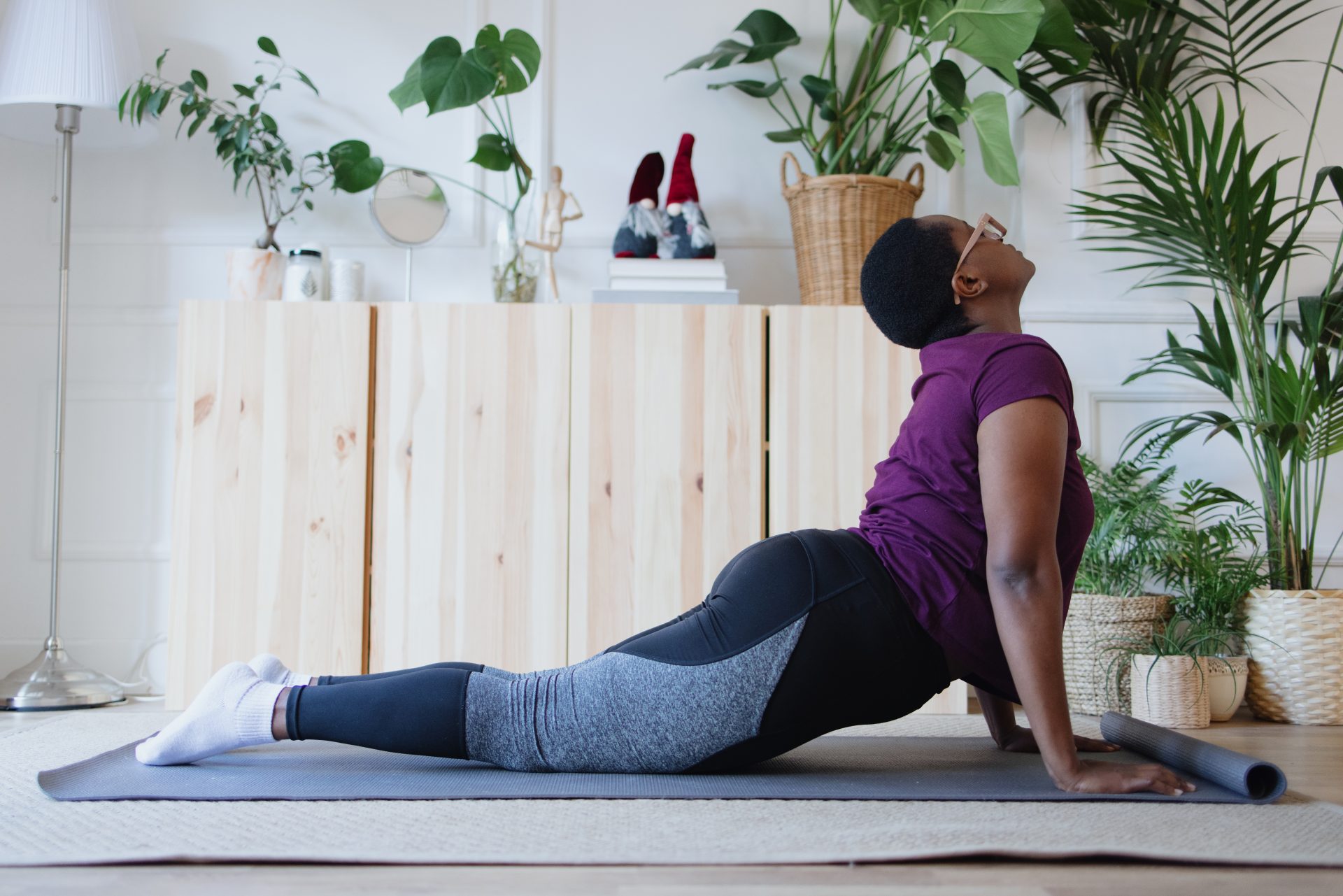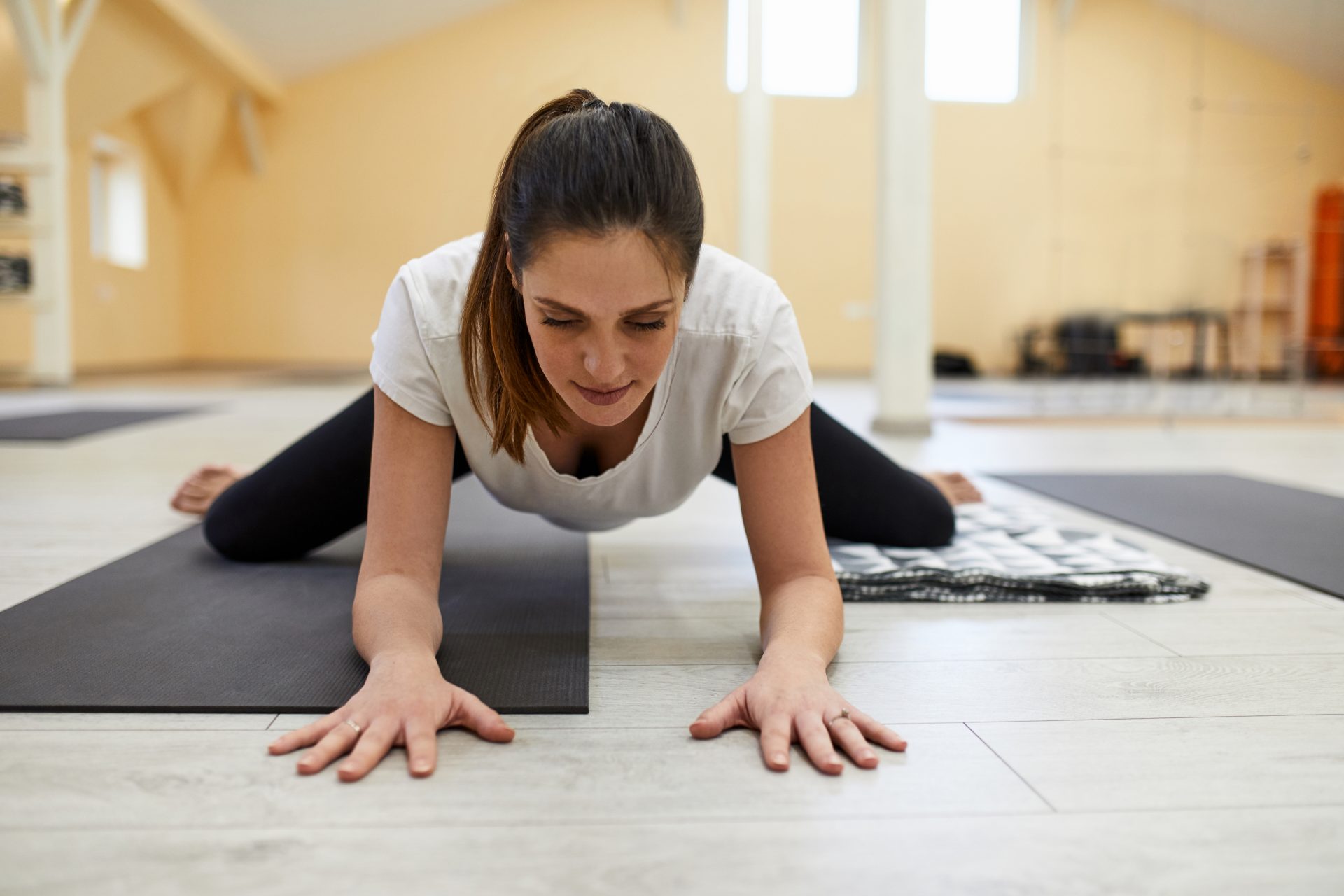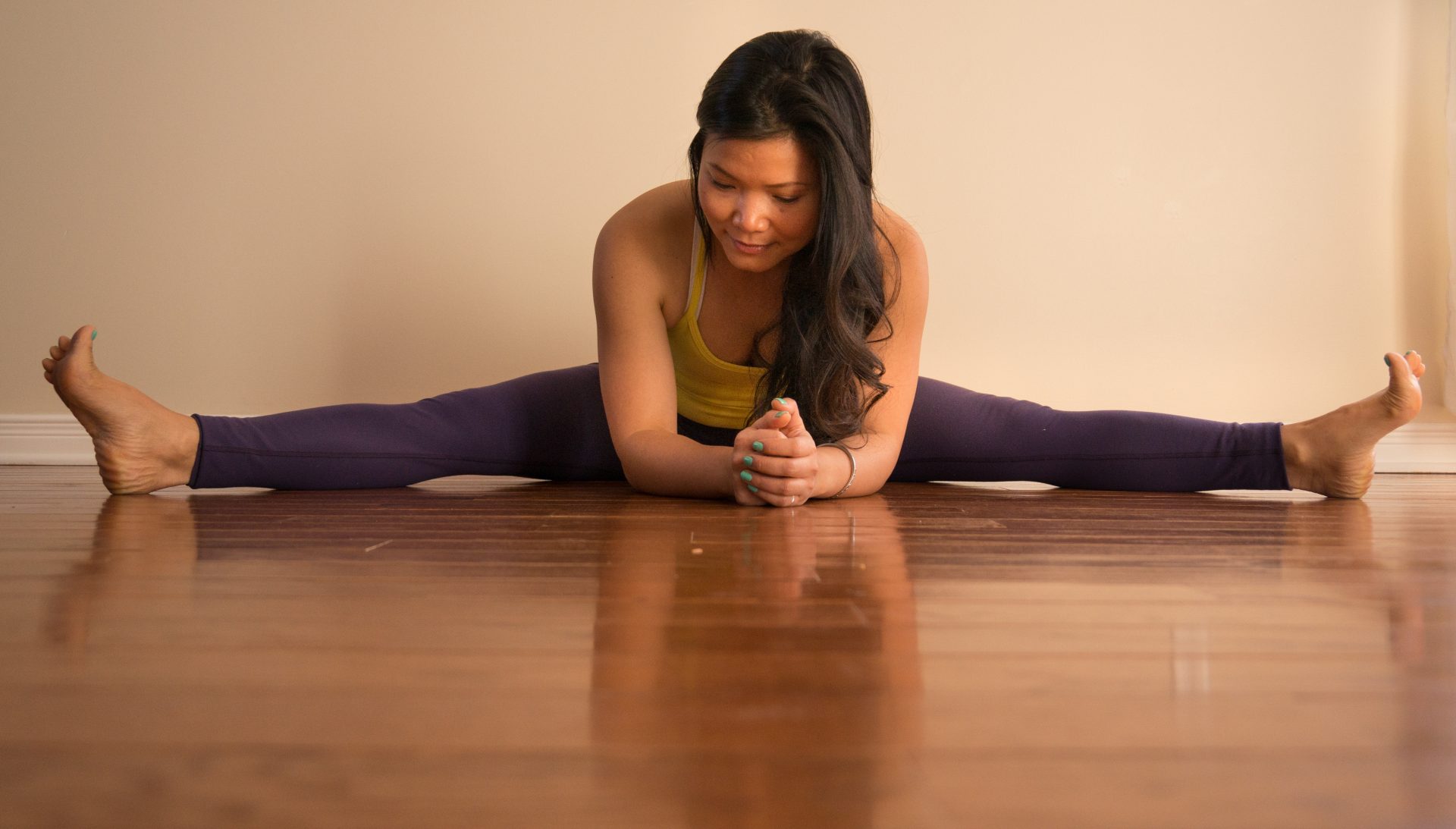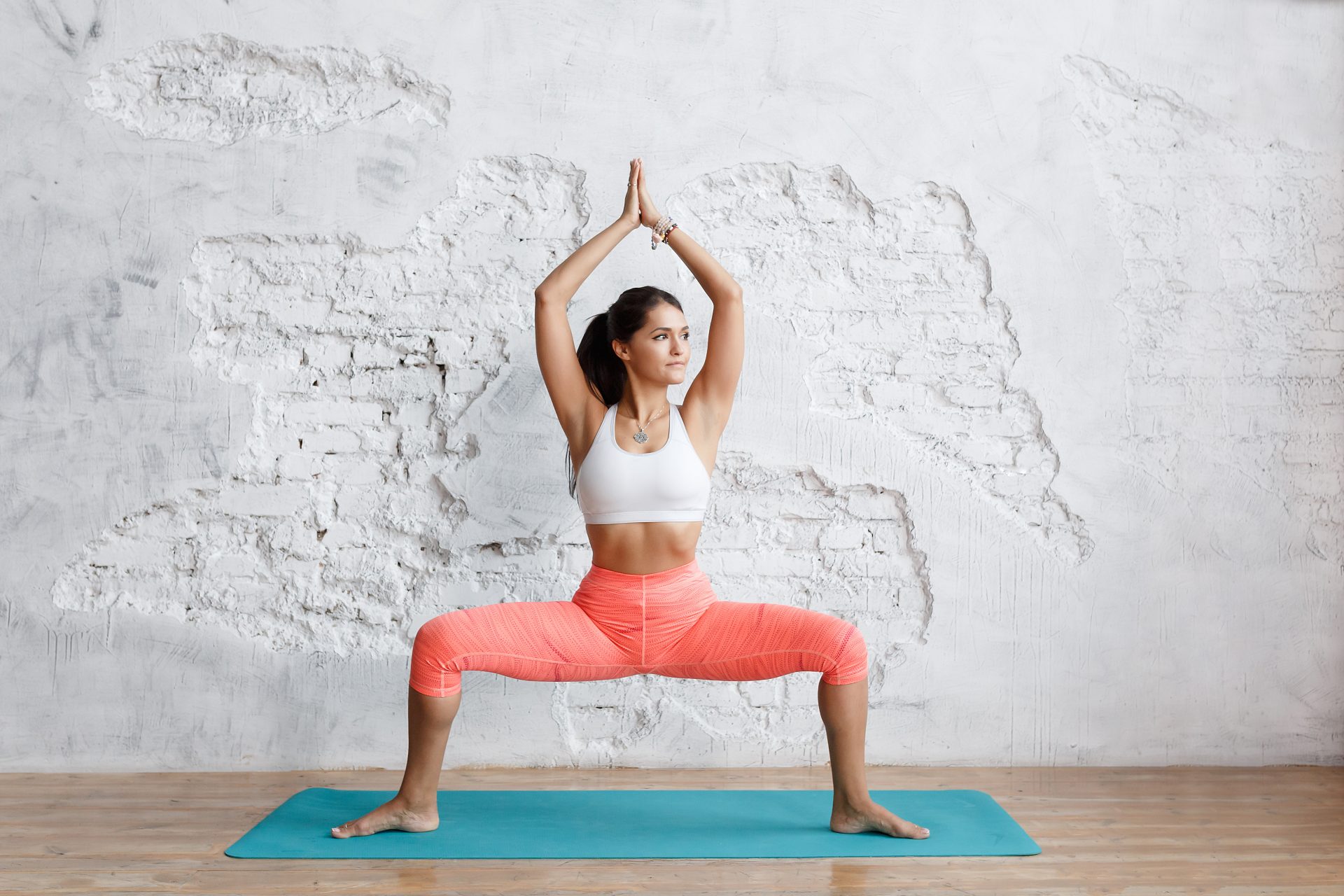“Am I the only one who never gets emotional in yoga?”
Feeling emotional and even crying during hip-opening yoga poses is something that yoga teachers often warn us about. But what about those of us who haven’t felt that emotional release? Aren’t we doing it right?
If you practise yoga regularly, you’ll have heard your yoga teacher talking about emotions being stored in the hips and how it’s common for hip-opening poses to cause an emotional release.
There have definitely been times when I’ve felt particularly emotional and sensitive – close to tears, even – when holding pigeon pose (a deep hip-opener). But not everyone feels an emotional reaction when in these poses, and that lack of release can lead people to wonder if they’re doing the pose right. If you’re just hanging out in frog pose, concentrating on the pain rather than some deeper emotion, it might be off-putting to continuously be told that you’re bound to feel something.
So, why do some of us get all the feels and others get nothing? To find out the answer, we’ve been chatting withCat Meffan, yoga instructor and founder of the Soul Sanctuary.Here’s her explanation for the link between emotions and hip openers, and why no yogic experience is invalid.
You may also like
Stretch it out: yoga can ease period pain and PMS
Is there truth to the idea that hip-opening poses can make us emotional?
“There is absolutely truth to the idea that hip-opening yoga classes can make us emotional because we store unmet trauma and emotion in our pelvic space,” explains Meffan. From a physical point of view, Meffan explains that women often have a lot of mixed experiences around that area of the body: “From having our first period to losing our virginity to unpacking sexual shame.”
Meffan says that on an energetic level, the area of our hips (our sacral chakra) is related to our creativity, a space of ideas coming together, relationships, expression, sensuality and sexuality.
“Even just reading that list, it’s no wonder that many people find themselves going on an emotional rollercoaster during hip-openers. And sometimes,” Meffan adds, “it won’t be obvious in the moment, and the emotion may take a while to arise, which is why we can find ourselves confused when feeling emotional days after a class.”

What if we don’t feel emotional during a yoga class, especially one with a lot of hip-openers? Does it mean we’re not doing something right?
Meffan says that the most important thing to remember, both in life and a yoga class, is that we are all on a different path and the more we can be accepting of that, the more we can enjoy the journey.
“There are so many factors that could contribute to not getting emotional in a hip-opening class and it’s important to know that there is no right or wrong,” says Meffan. “Some people may still be in a place of energetic resistance (not being willing to get intimate with the emotions), even if physically they are the deepest person in the asana.
“On the flip side, it could also mean that they are feeling aligned and attuned to this part of their body and, in that present moment, there is nothing that needs to come out. That doesn’t mean to say that it won’t come at a later date.”
You may also like
Emotional wellbeing: could getting to know our emotions be the key to better mental health?
It’s also important to remember that emotion comes out in many different forms and all types of reactions can tell us something about what we are feeling internally.
“For some people it might mean tears, for others yawning or big releasing breaths or even laughter and eyes darting around the room,” Meffan explains.
“Sometimes it might be that someone isn’t breathing fully into the asana in order to really connect with the sensations in the body. A lot of people will find that a hip-opening yin practice – where shapes are being held for up to 10 minutes – is the most triggering for these emotions, though I know from experience that a dynamic hip-opening class can do the same.”
Top 5 yoga poses for the hips
There are different types of hip-opening poses and usually people enjoy one or the other. Some asanas will activate the inner hip space and the groin, others will activate the outer space, the glutes and the IT band.
1.Pigeon (kapotasana)
2. Frog (mandukasana)
Begin on all fours with your hands under your shoulders and your knees beneath your hips.
Slowly, begin to widen your legs out to the side, keeping your knees bent and feet and toes pointing outwards.
Rest on your forearms with your elbows beneath your shoulders, placing your palms together or on the floor. You can also extend your hands forward, resting your chin or forehead on the floor.
Sit back into your hips to deepen the pose and breathe deeply.

3. Cow face pose (gomukhasana)
4. Seated straddle (upavistha konasana)
From a sitting position, spread your legs apart until as wide as is comfortable for you. Fold forward, resting your weight into your hands with your arms straight out ahead or rest your elbows onto a block.

5. Goddess (utkata konasana)
Stand with your feet wider than shoulder-width apart. Turn your feet slightly outward, with your toes pointing in.
Start to squat down while bending your knees and straighten your spine while relaxing your shoulders.
Keep your knees over your ankles and keep squatting and if you can, try to get your thighs parallel to the floor. Your arms can bend at the elbows or rest wherever they’re comfortable.

By entering my email I agree to Stylist’s Privacy Policy
Images: Getty
Source: Read Full Article
